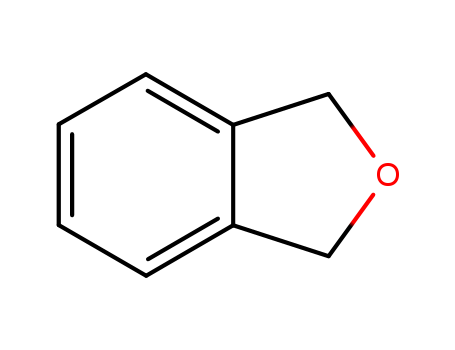10.1002/adsc.201301170
The research describes an unexpected cyclization reaction of ortho-electron-deficient alkynyl-substituted aryl aldehydes with acetic acid, catalyzed by palladium(II) acetate, resulting in the synthesis of dihydroisobenzofurans in moderate to good yields. The study aimed to understand the role of electron-withdrawing groups on alkynes in this cyclization process and found that these groups are crucial for the reaction to occur. The researchers concluded that the electron-withdrawing groups make the alkyne more electrophilic, facilitating its attack by the hemi-acylal oxygen atom, and render the reaction irreversible, leading to the formation of 5-exo-dig products. The chemicals used in the process include Pd(OAc)2 as the catalyst, 4,4’-dimethoxy-bpy as the ligand, and various substituted 2-alkynylbenzaldehydes as substrates, along with acetic acid and other nucleophiles such as methanol, propionic acid, and benzoic acid.
10.1039/c39820001147
The research aimed to synthesize a new water-soluble singlet oxygen probe, which is crucial for studying the formation and biological implications of singlet oxygen in aqueous media. The researchers synthesized a dihydroisobenzofuran derivative, specifically the potassium salt of (4,7-dihydro-5,6-dimethylisobenzofuran-1,3-diyl)bis(benzene-p-decanoic acid), known as DIBA. This compound was designed to overcome the limitations of previous water-soluble singlet oxygen traps, which had strong absorption in the visible region, complicating kinetic studies. The study concluded that DIBA is a suitable probe for singlet oxygen due to its rapid bleaching upon reaction, and the involvement of superoxide radicals in the bleaching process was indicated by the change in reaction rate in argon-saturated and deuteriated water solutions. Key chemicals used in the synthesis process included hematoporphyrin (HP) as a photosensitizer, and various reagents in the multi-step synthesis scheme such as EtO2C[CH2]2COCI, H2, Pd-C, MeCO2H-HCl, fumaroyl chloride, AlCl3, and KOH-EtOH.





